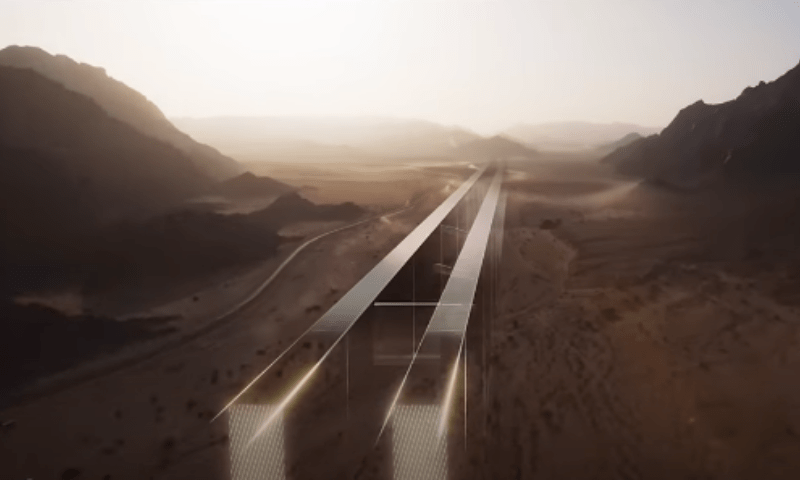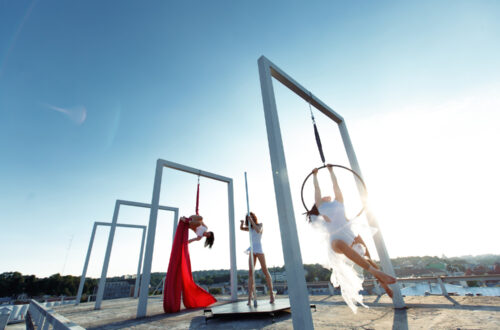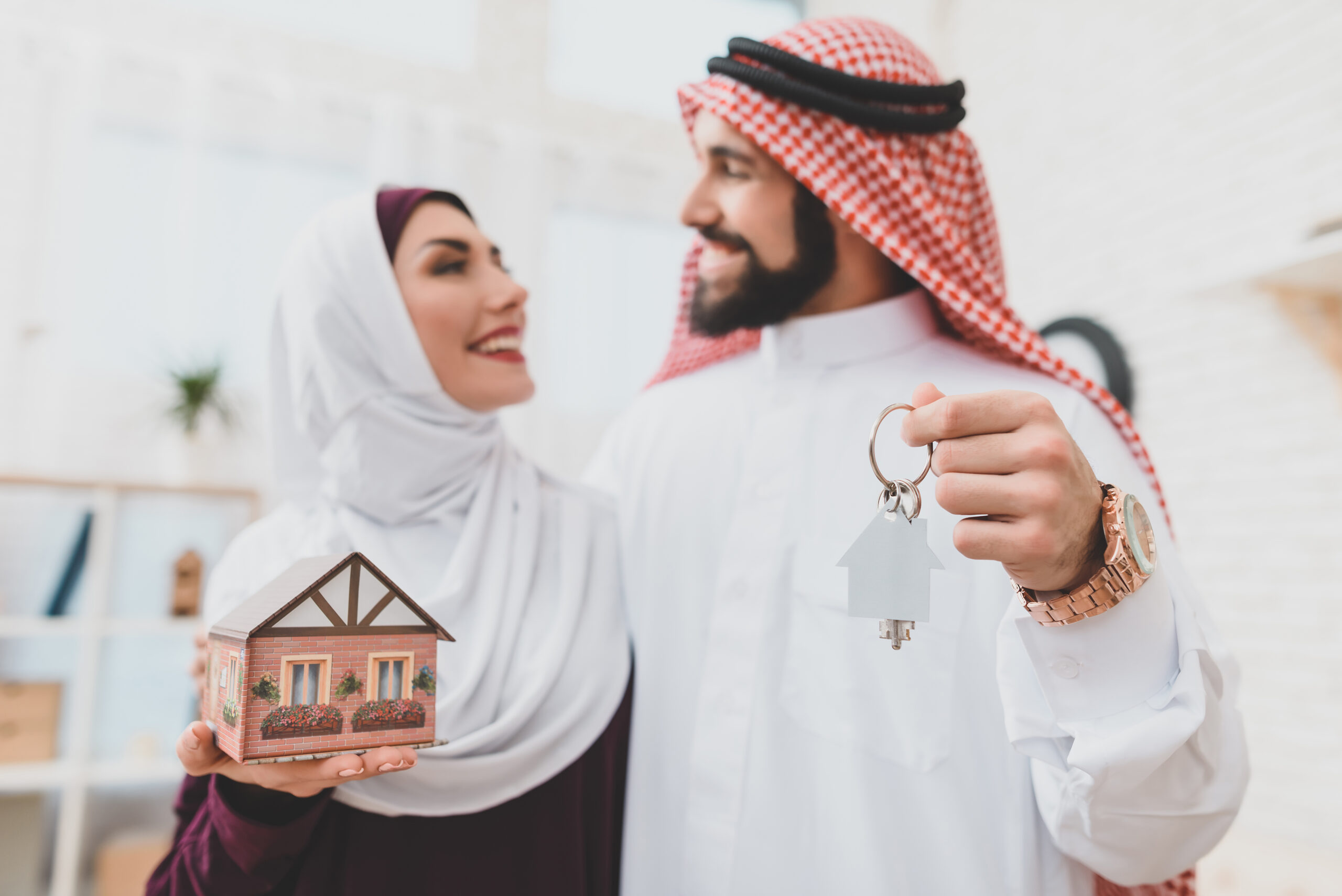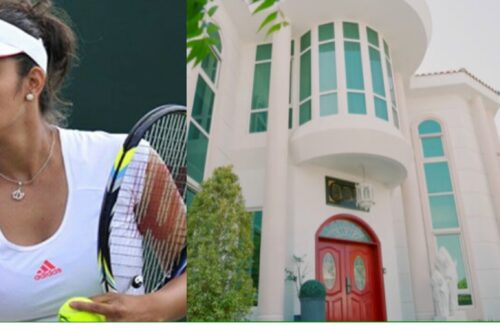
How The Line in Saudi Arabia is Redefining City Life
Introduction
The Line is a groundbreaking city project in Saudi Arabia, part of the larger NEOM initiative under Vision 2030. This city is designed to stretch 170 kilometers in a straight line and aims to be completely eco-friendly, operating with zero carbon emissions.
Vision 2030 is Saudi Arabia’s plan to make its economy less dependent on oil by focusing on new industries and technologies. NEOM is a big part of this plan, aiming to create a hub of innovation and sustainability. The Line is a key piece of NEOM, showcasing the future of urban living.
What makes The Line unique? First, its straight-line design ensures that everything you need is just a five-minute walk away. This makes daily life convenient and efficient. Second, the city will run entirely on renewable energy, like solar and wind power, helping to protect the environment. Third, there will be no traditional cars. Instead, high-speed trains and self-driving vehicles will make getting around easy and eco-friendly.
By focusing on these key features, The Line aims to change how we think about city living, blending convenience, sustainability, and cutting-edge technology.
The Vision Behind The Line
Vision 2030 is Saudi Arabia’s plan to create a more diverse and sustainable economy. The goal is to reduce the country’s dependence on oil by developing new industries like tourism, technology, and renewable energy. NEOM is a major part of this plan. It’s a huge project aimed at becoming a center for innovation, featuring the latest technologies and sustainable practices.
The Line fits perfectly into the goals of Vision 2030 and NEOM. By building a city that runs completely on renewable energy and minimizes harm to the environment, The Line shows how cities of the future can be both high-tech and eco-friendly.
The main goals of The Line are clear and ambitious. First, the city aims to have a zero-carbon footprint, meaning it will use only renewable energy sources like solar and wind power. Second, The Line is designed to be sustainable in all areas, including waste management and water conservation. Third, the city aims to improve the quality of life for its residents by making sure everything they need is within a short walking distance.
By focusing on these goals, The Line not only supports the broader aims of Vision 2030 and NEOM but also sets a new example for city development around the world.
Innovative Urban Design
The Line is designed as a straight, 170-kilometer-long city, making it unique compared to traditional cities. This straight-line layout ensures that everything you need, like schools, shops, and healthcare, is just a five-minute walk from any point in the city. This setup not only makes life more convenient but also reduces the need for long commutes and cuts down on traffic.
The design philosophy behind The Line focuses on making life easier, being environmentally friendly, and improving the quality of life. The city’s planners and architects have used the latest ideas to create a place that uses space and resources wisely. Buildings will be energy-efficient and designed to produce less waste. The architecture will also feature modern, sleek designs that look good and work well.
One of the key features of The Line’s design is the integration of nature and green spaces. The city will have plenty of parks, gardens, and natural areas, giving residents lots of opportunities to enjoy the outdoors. These green spaces are not just for relaxation; they also help clean the air, cool the city, and support local wildlife. By bringing nature into the city, The Line aims to create a healthier and more pleasant place to live.
Overall, the innovative design of The Line sets it apart as a model for future cities, combining advanced technology, smart planning, and a strong commitment to being eco-friendly.
Sustainable Living
The Line aims to have a zero-carbon footprint, meaning it won’t produce any carbon emissions. This goal is a big part of making the city eco-friendly and sustainable.
To achieve this, The Line will use renewable energy sources like solar and wind power. These sources are clean and don’t pollute the air. By relying only on renewable energy, the city will help protect the environment and fight climate change.
The Line also focuses on everyday sustainable practices. Buildings will be designed to use less energy and water. They will have energy-efficient lights, heating systems, and good insulation to keep temperatures comfortable.
Managing waste is another key part of sustainability in The Line. The city will have systems to reduce, recycle, and manage waste efficiently. For example, organic waste can be turned into compost, and materials like glass, plastic, and paper can be recycled. This helps reduce the amount of waste that goes to landfills.
Water conservation is also a top priority. The Line will use technologies to cut down on water use and recycle wastewater. For instance, water from homes and businesses can be treated and reused for watering plants or industrial purposes. This not only saves water but also helps the city manage its water resources wisely.
By focusing on these sustainable living practices, The Line aims to create a city that is environmentally responsible and sets a new example for future urban developments.
Advanced Transportation Systems
The Line features advanced transportation systems designed to make getting around fast and easy. High-speed trains will let people travel from one end of the city to the other in just 20 minutes. These trains will be quick, reliable, and simple to use.
Besides high-speed trains, The Line will have self-driving cars and buses, known as autonomous vehicles. These vehicles will help reduce traffic jams and make transportation more efficient. With self-driving cars, people can get to their destinations safely and quickly without needing traditional cars.
One big benefit of these advanced transportation systems is shorter travel times. High-speed trains and self-driving cars will make commuting faster, so people can spend less time traveling and more time doing things they enjoy. This will make daily life more convenient and less stressful.
Another major benefit is a cleaner environment. By getting rid of traditional cars and using electric-powered transit systems, The Line will reduce air pollution and cut down on greenhouse gas emissions. This will lead to a cleaner and healthier environment for everyone in the city. Plus, with fewer cars on the road, there will be less noise and traffic, making the city quieter and more pleasant.
Overall, the advanced transportation systems in The Line will make life more efficient and convenient while also promoting a healthier and more sustainable environment.
Smart Infrastructure
The Line is built with smart infrastructure, using advanced technology to make life easier and more efficient. By integrating AI (Artificial Intelligence) and IoT (Internet of Things), the city will manage resources and services better.
One example of smart services is the use of sensors throughout the city to monitor things like energy use, water levels, and air quality. These sensors provide real-time data, allowing the city to make quick adjustments and keep everything running smoothly. For example, streetlights can automatically dim or brighten based on the time of day or when people are nearby, saving energy.
Another smart service is automated waste collection. Sensors in waste bins will alert the city’s waste management system when bins are full, ensuring timely and efficient collection. This helps keep the city clean and reduces the amount of waste that ends up in landfills.
Smart infrastructure also means better water management. The Line will use technology to monitor water use and detect leaks in the system. This allows for quick repairs and reduces water waste. Additionally, treated wastewater can be reused for irrigation and other non-drinking purposes, saving fresh water resources.
AI and IoT can also improve public safety. Smart surveillance systems can monitor public areas and quickly identify any potential issues, ensuring a safe environment for everyone.
Overall, the smart infrastructure in The Line will lead to more efficient use of resources and better services. This technology-driven approach will improve the quality of life for residents and set a new example for how cities can be managed.
Community and Lifestyle
The Line is designed to make walking easy and enjoyable for everyone. With everything just a five-minute walk away, people can easily get to shops, schools, parks, and other places they need. This setup encourages walking, which is healthier and reduces the need for cars.
The city includes well-planned areas for living, working, and having fun. Homes will be close to essential services and workplaces, making daily life more convenient. Shopping areas will have a variety of stores, restaurants, and businesses, so residents don’t have to travel far for what they need.
Recreational areas are also a big part of The Line. There will be plenty of parks, sports facilities, and cultural centers where people can relax and enjoy their free time. These spaces will help create a lively community where people can socialize, exercise, and participate in different activities.
Creating a strong community is a major goal of The Line. The city will have spaces that encourage people to interact and engage with each other. Public areas, like plazas and community centers, will be designed for social gatherings and events, helping residents feel connected and part of the community.
Overall, The Line’s focus on walkability, well-designed living and working areas, and community engagement will make it a great place to live, work, and play.
Economic and Social Impacts
The Line is expected to bring big economic benefits to Saudi Arabia. By creating a new, high-tech city, it will attract investments from around the world. This will help diversify the economy, reducing the country’s reliance on oil and boosting other industries.
Creating jobs is another major benefit. Building and running The Line will create thousands of jobs, from construction and maintenance to high-tech roles in various sectors. This will provide new opportunities for Saudi citizens and attract skilled professionals from other countries.
The Line will also encourage innovation and entrepreneurship. With its focus on advanced technology and sustainability, the city will be a hub for startups and tech companies. Entrepreneurs will have access to top-notch facilities and a supportive environment to develop new ideas and businesses.
On the social side, The Line aims to improve the quality of life for its residents. By promoting a walkable lifestyle and integrating green spaces, the city will provide a healthier living environment. The focus on sustainability and clean energy will also contribute to a better quality of life.
Diversity and inclusion are key goals for The Line. The city is designed to be welcoming to people from all backgrounds, fostering a multicultural community. Public spaces and community centers will encourage social interaction and cultural exchange, helping residents feel connected and included.
Overall, The Line’s economic and social impacts will help create a prosperous and inclusive community, setting a new standard for urban living. By providing job opportunities, encouraging innovation, and promoting a high quality of life, The Line will be a model for future cities worldwide.
Challenges and Criticisms
Building a project as ambitious as The Line comes with its fair share of challenges. One major challenge is the huge amount of money needed. Creating a city from scratch, especially one with advanced technologies and sustainable practices, requires a lot of funding. Securing and managing this money will be crucial to the project’s success.
Another challenge is the technological complexity. Integrating AI, IoT, and renewable energy systems on such a large scale is a big task. Making sure these technologies work well together and are maintained properly will need careful planning and ongoing support.
Critics have also raised concerns about the environmental impact during the construction phase. While The Line aims to be a zero-carbon city, building it could still have environmental consequences. Addressing these concerns means using eco-friendly construction practices and minimizing disruptions to the surrounding environment.
There are also social and cultural concerns. Some people worry about the displacement of local communities and the potential loss of cultural heritage. Making sure the project is inclusive and respectful of local traditions will be essential to gaining public support.
The project plans to overcome these challenges in several ways. Financially, it will seek investments from global partners and use public-private partnerships. Technologically, it will involve leading experts and companies to ensure the smooth integration and maintenance of advanced systems.
To address environmental concerns, The Line will use sustainable construction methods and continuously monitor the environmental impact. Socially, the project will engage with local communities, making sure their needs and concerns are addressed. Public consultations and clear communication will be key to building trust and support.
Overall, while The Line faces significant challenges and criticisms, it is ready to tackle them with thoughtful planning, collaboration, and a commitment to its core principles of sustainability and inclusivity.
Conclusion
The Line is a bold new idea for how cities can be in the future. We’ve talked about its unique design, with a straight, 170-kilometer layout, and how it uses smart technology to make life easier and more efficient. We also looked at how The Line plans to be a zero-carbon city powered by renewable energy and how it encourages walking with lots of green spaces. Plus, we discussed the economic and social benefits, like creating jobs, sparking innovation, and building a strong community.
The long-term goal for The Line is to be a global example of how to live sustainably and efficiently in a city. Its focus on advanced technology, protecting the environment, and improving quality of life sets a new standard for city living. As cities around the world face problems like pollution, overcrowding, and wasteful use of resources, The Line shows how these issues can be solved with smart design and technology.
In short, The Line is more than just a city; it’s a plan for what city life can be. It challenges old ideas about city planning and sets new standards for being green, convenient, and community-focused. By aiming to have no carbon emissions, promoting new ideas, and creating a lively, inclusive community, The Line is changing what it means to live in a city and setting a high bar for future cities around the world.





